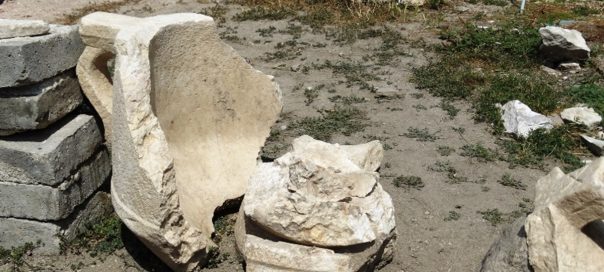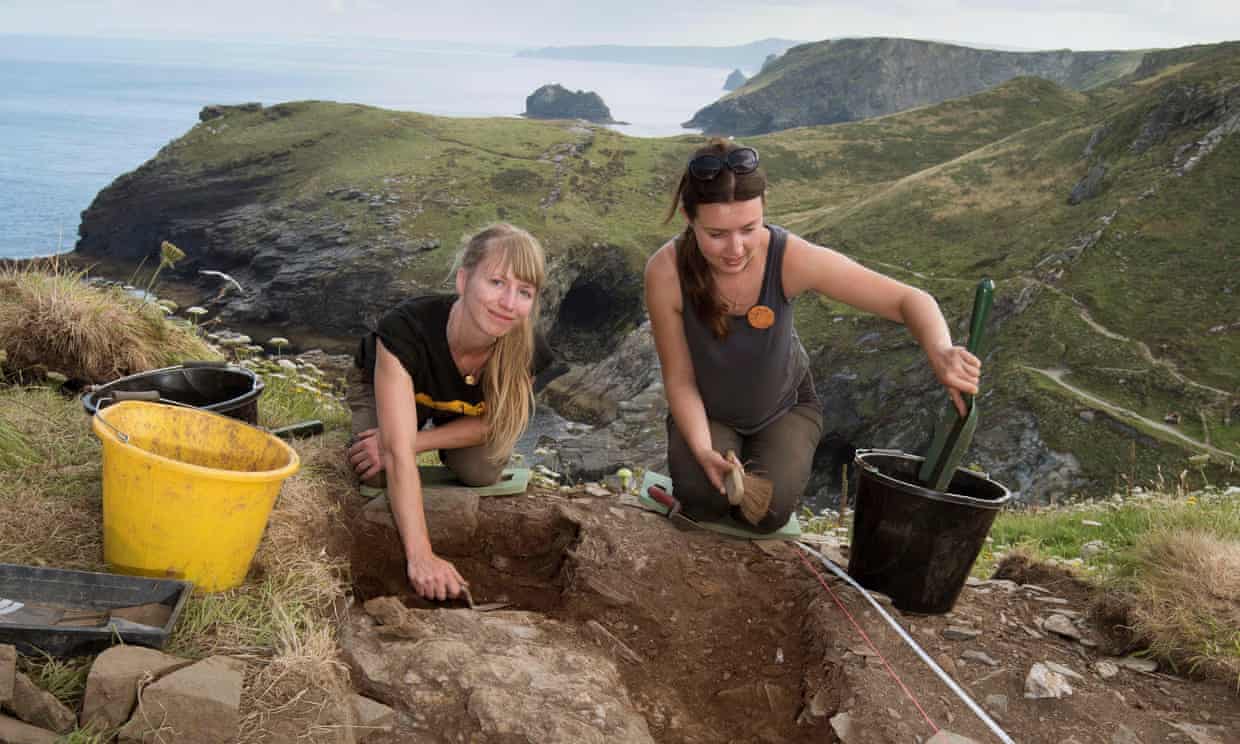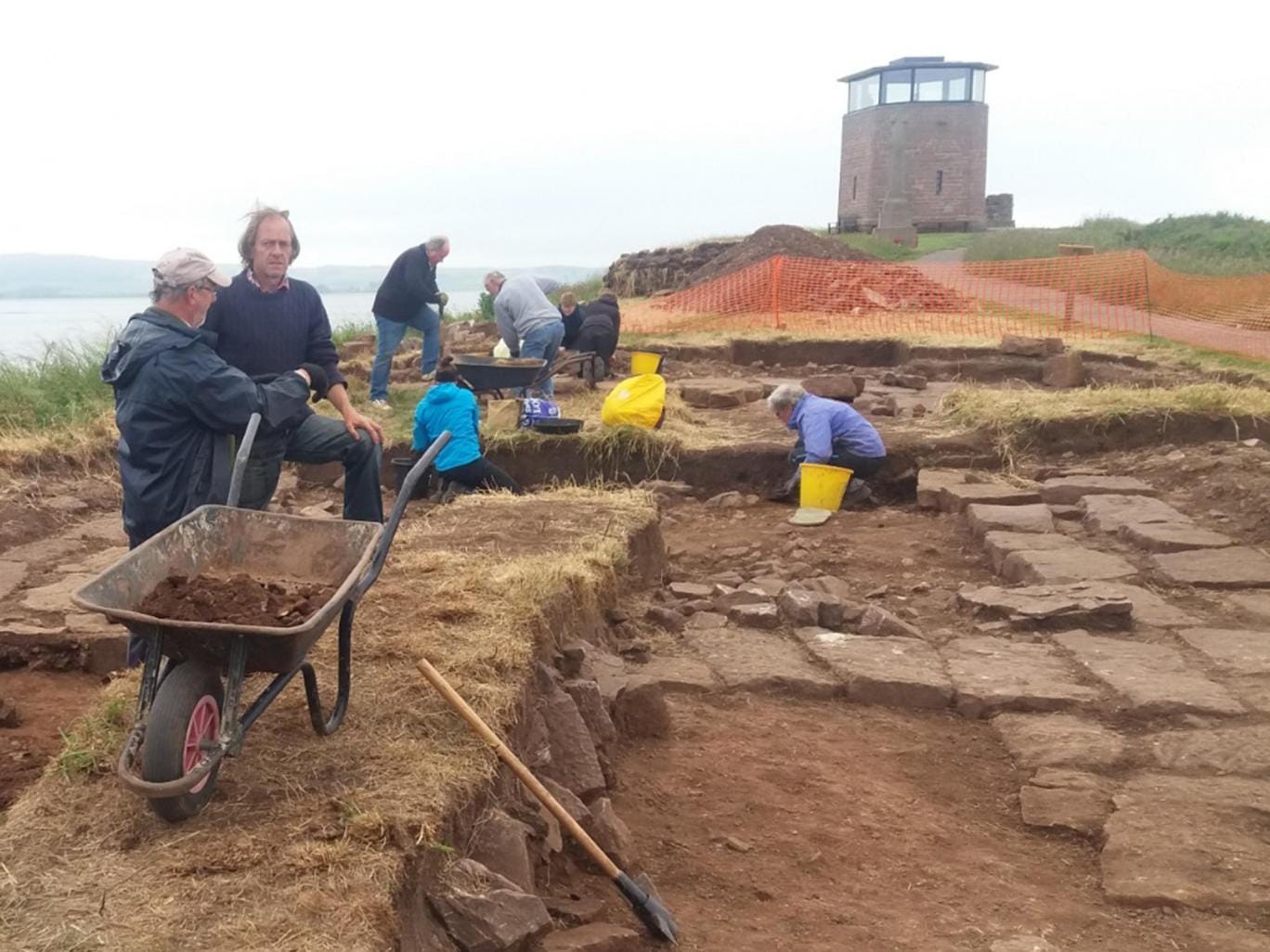A team of archaeologists coming to the close of a 10-month project at Plovdiv’s Episcopal Basilica site have found a stone baptismal vessel given to the basilica by a Bishop Makedonii, possibly dating from some time in the fifth century.
The 10-month archaeological excavations at the 2500 square metre site come to a close this week, and it is expected that early in the week beginning on July 31, the site will be visited by a commission from the Ministry of Culture.
Archaeological team leader Zheni Tankova expressed thanks to the America for Bulgaria Foundation, which together with Plovdiv municipality “gave the opportunity to reveal this truly amazing monument of architecture, culture, art and religion”.
Read the rest of this article...














